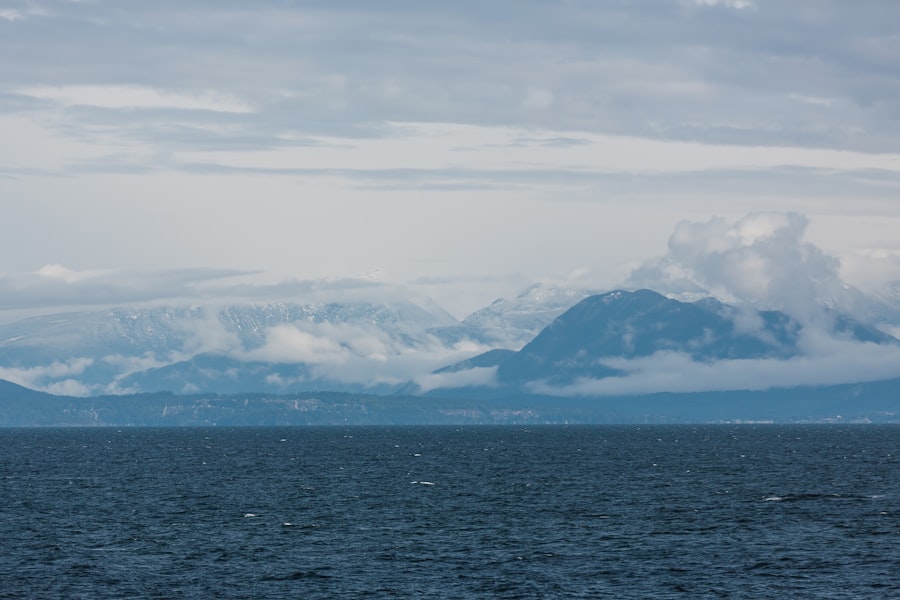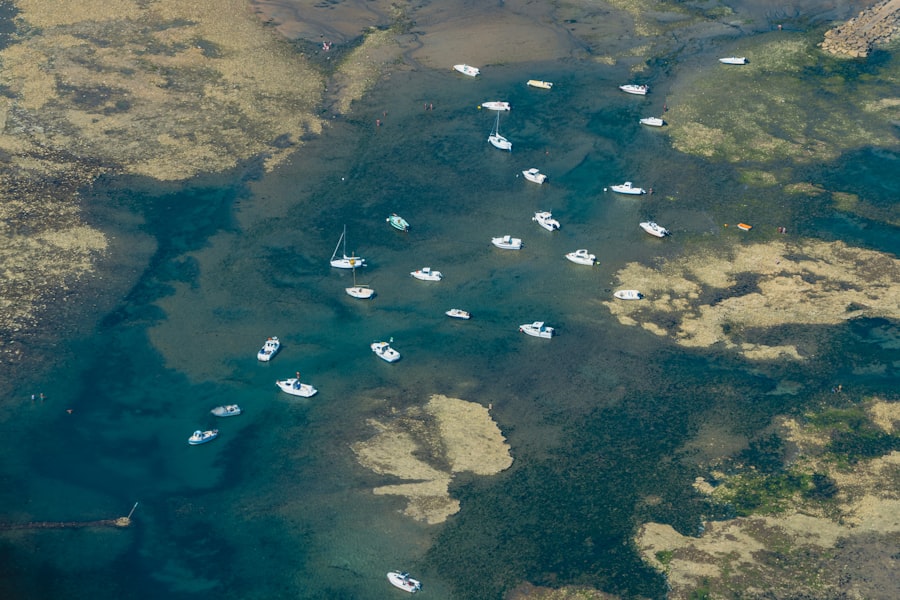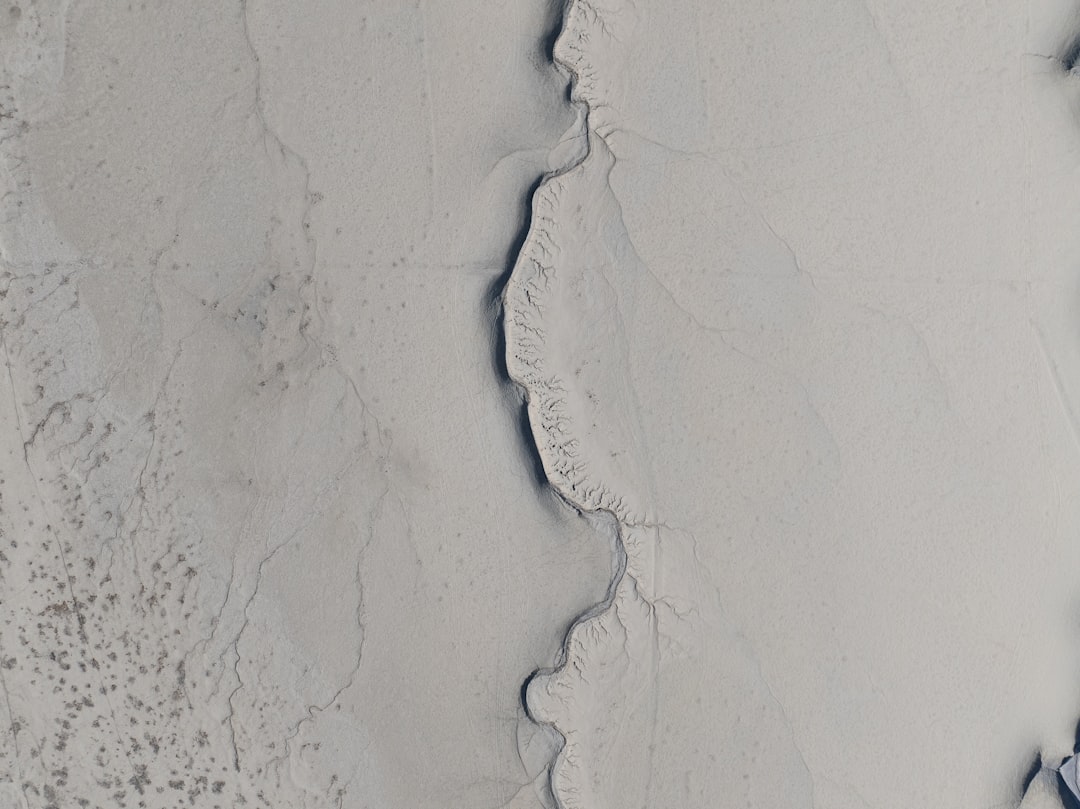The Drake Passage, a body of water that separates South America from Antarctica, is renowned for its tumultuous seas and unpredictable weather. Stretching approximately 600 kilometers (about 370 miles) between Cape Horn and the Antarctic Peninsula, this passage is often regarded as one of the most challenging maritime routes in the world. Its significance extends beyond mere geography; it serves as a critical conduit for marine life and plays a vital role in global ocean currents.
The passage is named after Sir Francis Drake, the English explorer who navigated these waters in the late 16th century, and it has since become a focal point for adventurers, researchers, and tourists alike. The allure of the Drake Passage lies not only in its natural beauty but also in the sense of adventure it evokes. For many travelers, crossing this stretch of ocean represents a rite of passage, a journey into the heart of one of the planet’s last great wildernesses.
The waters are often described as a gateway to Antarctica, where icebergs float majestically and wildlife thrives in its pristine environment. However, the Drake Passage is not merely a scenic route; it is a formidable challenge that demands respect and preparation from those who dare to traverse its depths.
Key Takeaways
- The Drake Passage is a treacherous body of water located between South America’s Cape Horn and the South Shetland Islands of Antarctica.
- Navigating the Drake Passage presents challenges such as strong winds, rough seas, and unpredictable weather conditions.
- Choosing the right vessel for the journey is crucial, with considerations for stability, size, and experienced crew.
- Packing essentials for the Drake Passage include warm clothing, waterproof gear, and seasickness medication.
- Safety precautions and emergency protocols are essential for a successful journey through the Drake Passage.
Understanding the Challenges of Navigating the Drake Passage
Navigating the Drake Passage presents a unique set of challenges that can test even the most seasoned mariners. The passage is notorious for its rough seas, which are primarily caused by the confluence of the Atlantic and Pacific Oceans. This meeting of waters creates powerful currents and unpredictable weather patterns, leading to high waves and strong winds that can reach up to 30 knots or more.
As a result, vessels traversing this route must be equipped to handle extreme conditions, making careful planning and preparation essential. In addition to the physical challenges posed by the environment, navigators must also contend with the psychological aspects of crossing the Drake Passage. The isolation and vastness of the ocean can evoke feelings of vulnerability among travelers.
Many experience anxiety or apprehension about the journey ahead, particularly when faced with the prospect of rough seas. Understanding these challenges is crucial for anyone considering a voyage through this iconic passage, as it allows them to mentally prepare for the experience and develop strategies to cope with potential difficulties.
Choosing the Right Vessel for the Journey

Selecting an appropriate vessel for navigating the Drake Passage is paramount to ensuring a safe and successful journey. The type of ship chosen can significantly impact both comfort and safety during the crossing. Larger vessels, such as expedition ships or icebreakers, are often preferred due to their stability and ability to withstand harsh conditions.
These ships are designed with reinforced hulls and advanced navigation systems, making them well-suited for traversing turbulent waters. On the other hand, smaller boats may offer a more intimate experience but come with increased risks. While they can navigate shallower waters and provide closer encounters with wildlife, they may not handle rough seas as effectively as larger vessels.
Travelers must weigh their options carefully, considering factors such as their comfort level with potential seasickness, their desire for adventure, and their budget. Ultimately, choosing the right vessel is a critical step in ensuring that the journey through the Drake Passage is both enjoyable and safe.
Packing Essentials for the Drake Passage
| Item | Quantity | Reason |
|---|---|---|
| Warm clothing | 2 sets | Essential for the cold weather |
| Waterproof jacket | 1 | Protection from rain and sea spray |
| Waterproof pants | 1 | Keeps you dry in wet conditions |
| Sturdy boots | 1 pair | For shore landings and walking on uneven terrain |
| Sea sickness medication | As needed | To prevent or alleviate motion sickness |
When preparing for a journey across the Drake Passage, packing wisely is essential to ensure comfort and safety throughout the trip. Travelers should prioritize clothing that can withstand cold temperatures and wet conditions. Layering is key; thermal base layers, waterproof outer shells, and insulated jackets will help keep individuals warm and dry during their voyage.
Additionally, sturdy footwear is crucial for navigating wet decks and icy surfaces. Beyond clothing, other essentials include personal items such as sunscreen, sunglasses, and lip balm to protect against harsh UV rays reflecting off ice and water. A good quality camera or binoculars can enhance wildlife viewing experiences, allowing travelers to capture memories of their encounters with seals, whales, and seabirds.
It is also advisable to bring seasickness remedies or medications, as even those who typically do not experience motion sickness may find themselves affected by the unpredictable swells of the Drake Passage.
Safety Precautions and Emergency Protocols
Safety should always be a top priority when navigating the Drake Passage. Before embarking on any journey through these waters, travelers should familiarize themselves with safety protocols specific to their vessel. This includes understanding emergency procedures such as man-overboard drills, life jacket usage, and evacuation routes.
Crew members are typically trained to handle emergencies, but passengers should also be proactive in ensuring their own safety. In addition to understanding emergency protocols, travelers should remain vigilant during their crossing. Keeping an eye on weather conditions and being aware of any changes in sea state can help individuals anticipate potential challenges.
It is also wise to stay informed about any safety briefings provided by crew members upon boarding. By taking these precautions seriously, travelers can significantly reduce risks associated with navigating this formidable passage.
Wildlife Spotting in the Drake Passage

One of the most captivating aspects of crossing the Drake Passage is the opportunity to observe an array of wildlife in their natural habitat. The nutrient-rich waters support diverse marine life, making it a prime location for spotting various species of whales, seals, and seabirds. Travelers may encounter majestic humpback whales breaching the surface or playful orcas swimming alongside their vessels.
The sight of these magnificent creatures can leave an indelible mark on anyone fortunate enough to witness them. Birdwatchers will also find delight in the avian population that inhabits this region. Species such as albatrosses, petrels, and skuas are commonly seen soaring above the waves or gliding gracefully alongside ships.
The chance to observe these birds in flight adds an extra layer of excitement to the journey. For many travelers, wildlife spotting becomes one of the highlights of their experience in the Drake Passage, creating lasting memories that extend far beyond the crossing itself.
Navigating the Drake Passage in Different Seasons
The experience of navigating the Drake Passage can vary significantly depending on the season in which one chooses to embark on their journey. During the austral summer months from November to March, conditions tend to be milder, making it a popular time for expeditions to Antarctica. Travelers can expect relatively calmer seas and longer daylight hours, allowing for more opportunities to explore and enjoy wildlife encounters.
Conversely, winter months bring harsher conditions characterized by colder temperatures and increased storm activity. While fewer vessels operate during this time due to safety concerns, those who do venture across may find themselves rewarded with stunning ice formations and fewer tourists in Antarctica’s remote regions. Each season offers its own unique perspective on this remarkable passage, allowing travelers to choose an experience that aligns with their interests and comfort levels.
Tips for Overcoming Seasickness
Seasickness is a common concern for many travelers embarking on a journey through the Drake Passage.
To mitigate this issue, individuals can take several proactive steps before and during their voyage.
One effective strategy is to choose a cabin located in the middle of the ship where motion is less pronounced compared to areas near the bow or stern. Additionally, staying hydrated and consuming light meals can help alleviate symptoms associated with motion sickness. Many travelers find that ginger candies or acupressure wristbands provide relief as well.
It is also advisable to spend time on deck when possible; fresh air can work wonders in easing nausea. By employing these strategies, individuals can enhance their chances of enjoying a smoother crossing through the Drake Passage.
Historical Significance of the Drake Passage
The historical significance of the Drake Passage cannot be overstated; it has played a pivotal role in maritime exploration since its discovery by European navigators in the 16th century. Sir Francis Drake’s expedition marked one of the first recorded crossings of this treacherous waterway, paving the way for future explorers seeking new trade routes and territories. Over time, it became a crucial passage for whalers and sealers during the 19th century as they sought resources from Antarctica’s rich marine environment.
In addition to its role in exploration and commerce, the Drake Passage has also been a site of scientific research and discovery. Oceanographers study its unique currents and ecosystems to better understand global climate patterns and marine biodiversity. The passage serves as a reminder of humanity’s enduring quest for knowledge about our planet’s oceans while highlighting both the challenges and rewards associated with navigating these remote waters.
Cultural Experiences and Activities on the Journey
Traveling through the Drake Passage offers more than just breathtaking views; it also provides opportunities for cultural experiences that enrich one’s understanding of this unique region. Many expedition cruises incorporate educational programs led by knowledgeable guides who share insights into Antarctic history, geology, and wildlife conservation efforts. These presentations foster a deeper appreciation for both the natural environment and its cultural significance.
Additionally, travelers may have opportunities to engage with local communities or participate in conservation initiatives during shore excursions in Antarctica itself. Activities such as visiting research stations or participating in citizen science projects allow individuals to contribute meaningfully while gaining firsthand knowledge about ongoing efforts to protect this fragile ecosystem. Such experiences create lasting connections between travelers and this remote part of our world.
Reflecting on the Journey through the Drake Passage
Crossing the Drake Passage is an adventure that leaves an indelible mark on those who undertake it. From navigating its challenging waters to witnessing breathtaking wildlife encounters, each moment spent in this remarkable region contributes to a profound sense of connection with nature and history alike. As travelers reflect on their journey through these tumultuous seas, they often find themselves transformed by the experience—gaining not only memories but also insights into their own resilience and capacity for adventure.
Whether it is through moments of awe at nature’s grandeur or challenges faced along the way, each crossing becomes a personal story woven into humanity’s ongoing relationship with our planet’s oceans—a testament to exploration’s enduring allure.
If you’re interested in learning more about the Drake Passage and its significance, you might find the article on MyGeoQuest particularly insightful. The Drake Passage, known for its challenging sailing conditions, is a crucial waterway connecting the Atlantic and Pacific Oceans. For a deeper dive into the geographical and historical aspects of this region, you can explore a related article on MyGeoQuest by visiting this link. This resource provides a comprehensive overview of the passage’s role in global navigation and its impact on maritime travel.
WATCH NOW! Drake Passage: Earth’s Deadliest Waters Revealed
FAQs
What is the Drake Passage?
The Drake Passage is the body of water between the southern tip of South America and the northern tip of the Antarctic Peninsula. It connects the Atlantic and Pacific Oceans.
Why is the Drake Passage significant?
The Drake Passage is known for its rough seas and strong winds, making it one of the most challenging and unpredictable waterways to navigate. It is also an important route for the circulation of ocean currents and marine life between the Atlantic and Pacific Oceans.
What is the weather like in the Drake Passage?
The weather in the Drake Passage is characterized by strong winds, high waves, and rapidly changing conditions. It is notorious for its rough seas and stormy weather, with the potential for extreme conditions at any time of year.
What wildlife can be found in the Drake Passage?
The Drake Passage is home to a diverse range of marine life, including whales, seals, penguins, and various seabird species. It is also a popular area for birdwatching and wildlife observation.
What is the best way to experience the Drake Passage?
The best way to experience the Drake Passage is by taking a cruise or expedition voyage that includes sailing through the passage. Many tour operators offer trips that allow travelers to witness the dramatic scenery and wildlife of the region while experiencing the unique challenges of navigating the passage.
